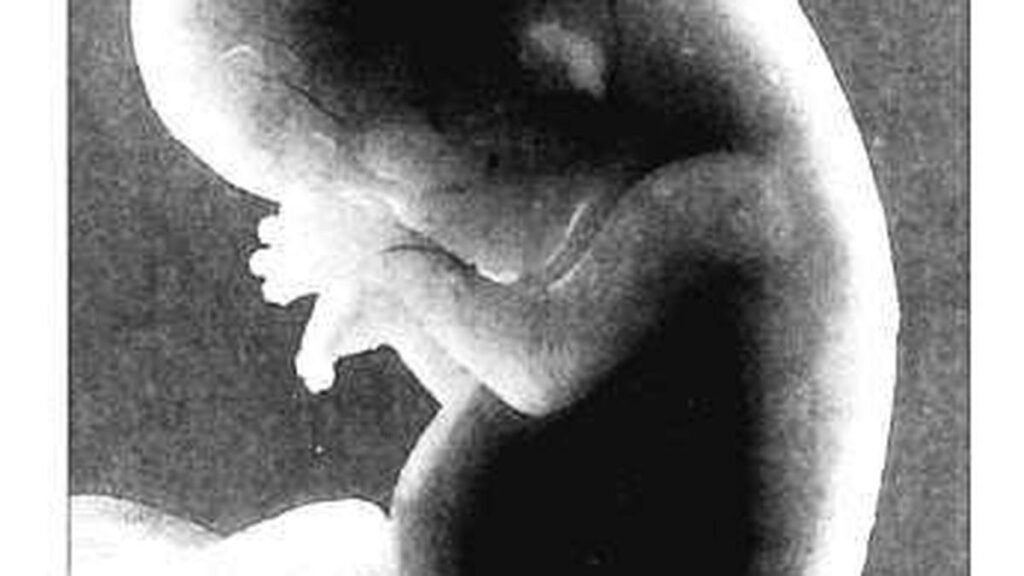
In India, congenital anomalies, or birth defects, are a significant public health concern, with estimates suggesting that they account for a substantial portion of neonatal mortality and affect a considerable number of births annually | Image used for representational purpose only
| Photo Credit: File Photo
According to the World Health Organization (WHO), congenital disorders affect approximately 6% of newborns worldwide, leading to hundreds of thousands of deaths each year. However, the true prevalence may be even higher, as many cases, including stillbirths and terminated pregnancies, often go unreported.

What are foetal abnormalities?
Foetal abnormalities, also known as congenital disorders, congenital anomalies, or birth defects, are structural or functional anomalies that develop during pregnancy. These conditions, which pose health risks during foetal development, can impact the foetus’ bodily functions. They can affect various parts of the body, including the heart, brain, limbs, and internal organs.
While some abnormalities are mild and manageable, others can cause severe complications, impacting a child’s quality of life or even leading to stillbirth.
How do foetal abnormalities occur?
These can result from genetic, environmental, or unknown factors. Some conditions arise due to inherited genetic mutations or chromosomal abnormalities, such as Down Syndrome. Environmental factors, including exposure to alcohol, drugs, radiation, or infections like rubella and Zika virus during pregnancy, can also increase the risk.
Maternal health conditions, such as uncontrolled diabetes or nutritional deficiencies (particularly folic acid deficiency), may contribute to the development of neural tube defects– birth defects of the brain, spine, or spinal cord that occur when the neural tube(the precursor to the brain and spinal cord) doesn’t close properly during early pregnancy and other abnormalities.
In many cases, the exact cause remains unclear, but a combination of genetic and environmental influences is often responsible.

What are the signs and symptoms ?
The signs and symptoms of foetal abnormalities vary depending on the condition. Some physical deformities, like cleft lip, clubfoot, or missing limbs, are visible at birth. Internal organ malformations, such as congenital heart defects or kidney abnormalities, may require medical imaging for diagnosis. Neurological disorders, including spina bifida and microcephaly, can affect brain development and lead to intellectual or motor impairments. Some congenital disorders cause developmental delays, speech difficulties, or growth restrictions, making early intervention crucial for improving outcomes.
Who are at risk?
According to the WHO and the Centers for Disease Control and Prevention(CDC), a family history of congenital anomalies and consanguineous marriages significantly increase the likelihood of these conditions. Also ,advanced maternal age (35 years and older), environmental and behavioural factors, including maternal infections (such as syphilis, rubella, and Zika virus), poor nutrition (iodine or folate deficiency), and uncontrolled medical conditions (like diabetes), can heighten risks during pregnancy. Additionally, substance use, such as smoking, alcohol consumption, or drug use, has been linked to birth defects, preterm birth, and infant mortality.
As recorded by WHO, nine out of 10 children born with serious congenital disorders are in low- and middle-income countries, where access to medical care is often limited
What are the treatment options ?
CDC reports treatment depends on the type and severity of the condition. Some abnormalities, such as cleft lip– a split in the upper lip that occurs when the tissues of the lip don’t join completely during pregnancy, congenital heart defects — structural problems with the heart that are present at birth, affecting how blood flows through the heart and body, and spina bifida — a birth defect where the spine and spinal cord don’t close completely during pregnancy, leading to a gap in the spine and potentially exposing the spinal cord and nerves, can be corrected through surgery.
Medical management, including medications and supportive therapies, helps control symptoms in conditions like Down Syndrome or metabolic disorders. Physical therapy and assistive devices are often used to improve mobility for children with limb deformities or neurological issues. Nutritional and hormonal support may be necessary for conditions affecting growth and metabolism. In severe cases where treatment options are limited, palliative care focuses on improving comfort and quality of life.
Early detection through screening and regular check-ups plays a vital role in managing congenital disorders. Ultrasound scans, genetic testing, and maternal blood tests can help identify abnormalities before birth, allowing for timely medical intervention.
Preconception screening identifies individuals at risk of specific disorders or passing them to their children. Peri-conception screening assesses maternal characteristics to offer appropriate care based on risk. Neonatal screening detects congenital disorders in newborns, enabling early referral and treatment.
Preventive measures include maintaining a healthy lifestyle during pregnancy, avoiding alcohol and harmful medications, and folic acid supplements, under medical guidance to reduce the risk of neural tube defects. Vaccination against infections like rubella is also essential to prevent certain congenital disorders. By prioritising prenatal care and early diagnosis, the impact of foetal abnormalities can be minimised, improving outcomes for affected children and their families.
Published – March 26, 2025 06:55 pm IST

